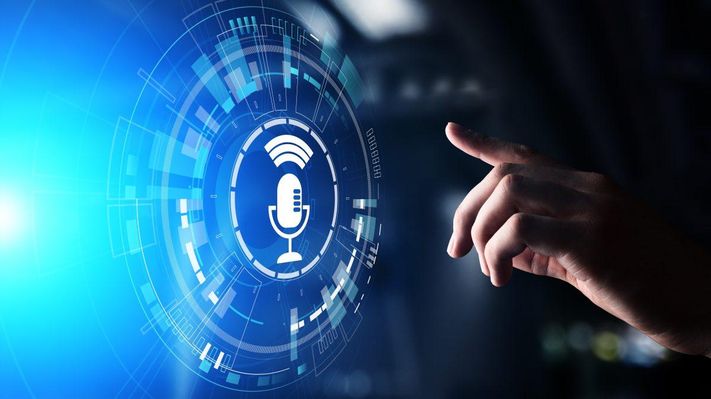Google’s AI has been reported to have produced machine learning codes that have better readability compared to its makers. This is news that rocked the artificial intelligence world. Reports from robots.net say what that means is a machine is now smarter than humans. Google’s AI, AutoML, can now create its own code, which in turn will make it independent in the long run.
The team at Google has been at work with an AI that can supplant itself for years now. The demands for coders who can keep up with artificial intelligence has been lacking. So the team’s solution was to create an AI that will supplant the lack of human talent, and it seems to have done its job. For now, at least.
Short History of AI
Technology’s advancement to artificial intelligence has been decades in the making. Artificial intelligence has been featured in early sci-fi films. This, even before the infrastructure was present for it. Today, the use of AI is wide-spanning, and almost all smartphone applications have some sort of AI in them.
The term artificial intelligence has only been coined in 1956. In a conference at Dartmouth College, artificial intelligence was born . It’s definition then was vague. It consisted of the idea of inanimate objects having the intelligence of humans. But, not their empathy. In the years that followed, the interest and funding for AI had been tremendous. Although, advancements failed to materialize.
In the later parts of 1970, government funding for research on AI was pulled. Waning public interest put the AI story on hold. And while the top researchers were doing everyday jobs to live, their research wasn’t put away for good. There were significant jumps in advancement that followed the AI winter though. It was a great time for the industry.
The British government started to take an interest in reviving the AI research. As a result, it ignited another round of advancements. This was a direct response to the burgeoning Japanese AI efforts. With the backing of the British government, the developments were reported in hordes. In turn, the public opinion of AI became favorable again.
But it wasn’t until 1997 that humans felt how AI can change the world. This is the year where IBM’s Deep Blue computer beat Russian Chessmaster Kasparov. It was the year of AI, and more and more people are showing interest in how computers are the future. And artificial intelligence can be a part of it natively.
The Push For Artificial Intelligence
The Turing test is the standard test to assess whether an artificial intelligence machine is truly intelligent. It became controversial when a chatbot wowed judges by making them think that it was human. It garnered headlines around the world, but for the wrong reasons. The judges thought that the Turing test wasn’t a good test to challenge AI then, and so a convention took off.
So plans to make a better test were put in place. There still isn’t a new standardized test today. But the horizon is teeming with new possibilities. Artificial intelligence slowly became a novelty. But with the rise of smartphones and computing, it made for a better public reception to it.
Today, the application for artificial intelligence is wide-spanning. From planning to education, speech recognition, even handwriting recognition, AI is used. Photo and video manipulations (deepfakes), and face recognition also uses AI. Smartphones paved the way for more AI applications to be brought to the public. With millions of apps in each App store, artificial intelligence is well on its way. In a few years or so, it will become a household thing.
The Scope of Google’s AI
The gravity and scope of Google’s AutoMLand the AI machine’s groundbreaking feat can’t be understated. It’s autocoded machine learning results are infinitely better than the work of 1,300 coders combined. The power that that has! And the implications in that fact! It means that AI has improved tremendously. And it has surpassed thousands of intelligent minds combined. It’s a feat never seen before, and that what’s exciting about it.
And AutoML is the first of many projects that Google has in store for the next five years. To say that artificial intelligence has arrived is an understatement of sorts. It actually is now part of the day-to-day lives of most people. Imagine this: reading this right now – and how it actually reached your feed, AI has some sort of hand in making that happen.
What’s Next
In the next decade, AI is expected to make waves in high brow applications. Think business monitoring, machine learning, and autonomy. The focus of this decade has been the integration of available technologies to people’s daily activities. Luckily, it’s been successful. To give you a picture of how widespread AI has been: Those filters you use in Snapchat? That’s AI working.
Takeaway
The future is filled with great promise. In the fields of technology, especially artificial intelligence, tomorrow is what we’ve imagined it to be. We as a society, are making great strides towards machine learning. And in the next few decades, it will be an integral part of our lives, and we would not look back. Not one bit.



